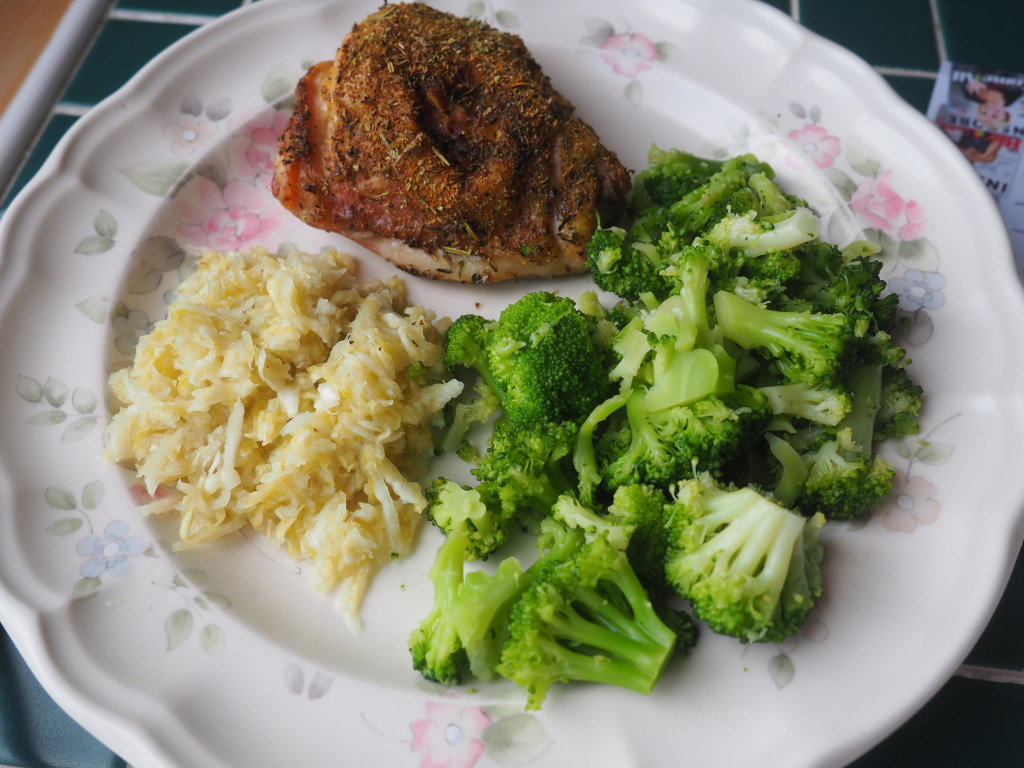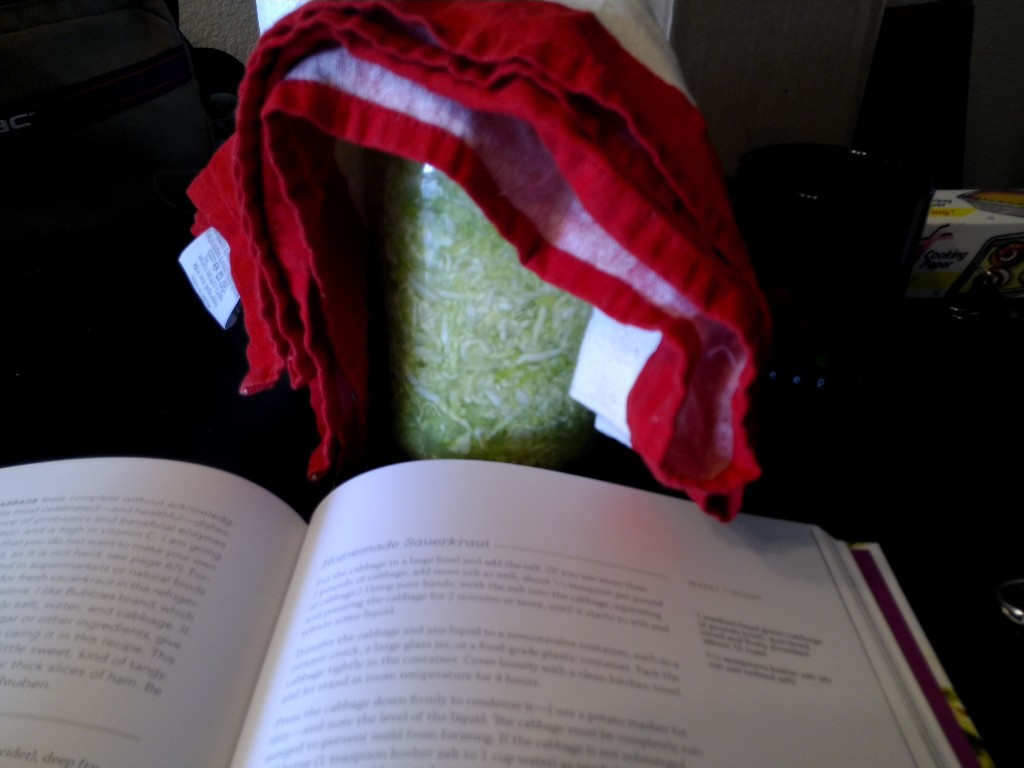I may receive a commission if you purchase something mentioned in this post. See more details here.
Disclaimer: I received a copy of Brassicas by Laura B. Russel from the Blogging for Books program in exchange for this review. I received no other compensation and all opinions are my own.
Cruciferous vegetables. They are kinda awesome. Filled with vitamins, minerals, glucosinolates that help with immune function. Cabbage even contains a phytochemicals that aids in removing excess estrogen from the body, something my body desperately needs. We are even starting to bust the myth that people with thyroid disorders should avoid them.
So what are cruciferous vegetables? Also know as brassicas, this family of vegetables includes broccoli, cauliflower, cabbage, Brussels sprouts, kale, various leafy greens, and more (did you know wasabi is a brassica?). I’m one of the weird kids that actually really likes broccoli and kale. I have a recently discovered love of sauerkraut and Brussels sprouts (not together, although now that you mention it that sounds tasty). And cauliflower can make a mean *insert creamy or grainy replacement here*.
 So I was very excited when I got the opportunity to review Brassicas by Laura B. Russel, a cookbook entirely dedicated to cooking these tasty and healthy veggies. It starts off with an overview of the flavors and basic preparations of brassicas. This is an incredibly helpful chapter. Have you ever tried to wash kale? Or cabbage? Or a head of cauliflower? Russel provides tips and tricks for all of this, as well as ideas on how to store them and combine them with other foods.
So I was very excited when I got the opportunity to review Brassicas by Laura B. Russel, a cookbook entirely dedicated to cooking these tasty and healthy veggies. It starts off with an overview of the flavors and basic preparations of brassicas. This is an incredibly helpful chapter. Have you ever tried to wash kale? Or cabbage? Or a head of cauliflower? Russel provides tips and tricks for all of this, as well as ideas on how to store them and combine them with other foods.
From here, each chapter is devoted to a specific brassica, or a general grouping. There is a whole chapter just for kale! *swoon* Each chapter begins with an overview of the specific brassica: varieties, how to select one, how to prepare them, and general information such as nutrition and relative measurements. This is followed by recipes ranging from basic sautees and steams, to entire meals based around that specific ingredient. Whatever your taste or cooking ability, you will find something in this cookbook to make you want to eat your veggies.

Chicken, broccoli, and homemade sauerkraut – two brassicas partying on my plate!
As soon as my copy arrived, I immediately went for the sauerkraut recipe. I had never made sauerkraut before, but the recipe was easy to follow and made amazing sauerkraut! I felt very accomplished, providing myself with homemade and healthy probiotics.

Beyond the tips, tricks, and recipes, what I really appreciated was the Special Diets Table in the back of the book. All recipes are gluten free, and only one contains corn. Many recipes that contain undesired ingredients like soy can also be easily substituted. Always hopeful, nightshade-free me needs to just accept that unless the book markets itself as nightshade free, I’ll be wading through curries and tomatoes until I find the few recipes I can eat. I was pleasantly surprised by how many of the recipes were available to be, or could at least be easily substituted. But for those with more common diets, there is a handy chart in the back that lists all of the recipes in the book, with tallies to tell you if it is vegetarian or vegan, and if it contains meat, fish, dairy, eggs, soy, nuts, coconut, or sesame. This chart even indicates if the ingredient can easily be substituted.
All in all, Brassicas is a very thorough book, and a great one to have on your shelf if you are looking for new, interesting, or even just basic ways to eat your vegetables. It is available from your favorite major bookseller.
Like what you see? Please support this blog and help me keep it running by signing up for my newsletter, purchasing products, or donating through the links below:
DISCLOSURE: In order for me to support my blogging activities, I may receive monetary compensation or other types of remuneration for my endorsement, recommendation, testimonial and/or link to any products or services from this blog. The information contained in this post is not intended nor implied to be a substitute for professional medical advice, it is provided for educational purposes only. You assume full responsibility for how you choose to use this information. For more information, click here.



Leave a Reply